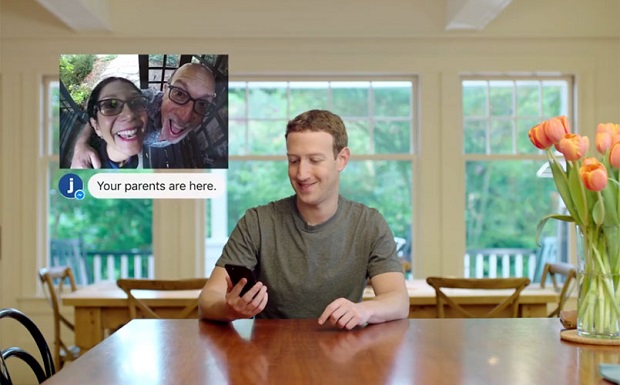At the start of the year, Mark Zuckerberg revealed he was working on a personal AI assitant for his home. Now, in December, the Facebook CEO has revealed the end result… voice by Morgan Freeman.
Every year, Zuckerberg gives himself a “personal growth challenge” such as learning Mandarin. This year, he built an AI system to run his home using Facebook tools, a process which also forced him to refresh his command of the company’s programming tools and processes.
Now, he has revealed it – and not only can it control his home, but can also entertain his daughter Max, and even fire him a trademark grey t-shirt.
The system is modelled on the J.A.R.V.I.S. stands for (Just A Rather Very Intelligent System) system used by Tony Stark in the Iron Man films.
In a new video released today it also reveals Zuckerberg managed to persuade Morgan Freeman to voice the AI – while Arnold Schwarzenegger failed for being too scary, which prompted the Facebook founder to tell users ‘In case it’s not clear, this is meant to be a fun summary and not a live demo.’
Zuckerberg said: “My goal was to learn about the state of artificial intelligence – where we’re further along than people realize and where we’re still a long ways off. So far this year, I’ve built a simple AI that I can talk to on my phone and computer, that can control my home, including lights, temperature, appliances, music and security, that learns my tastes and patterns, that can learn new words and concepts, and that can even entertain Max.”
To create the AI, Zuckerberg was able to use Facebook’s internal tools.
“It uses several artificial intelligence techniques, including natural language processing, speech recognition, face recognition, and reinforcement learning, written in Python, PHP and Objective C,” he explained.
From there, he taught Jarvis to respond to text before enabling voice recognition. This began with simple keywords such as “bedroom”, “lights”, and “on” and evolved to be more specific to each room. He then moved onto vision and facial recognition and later, mobile.
